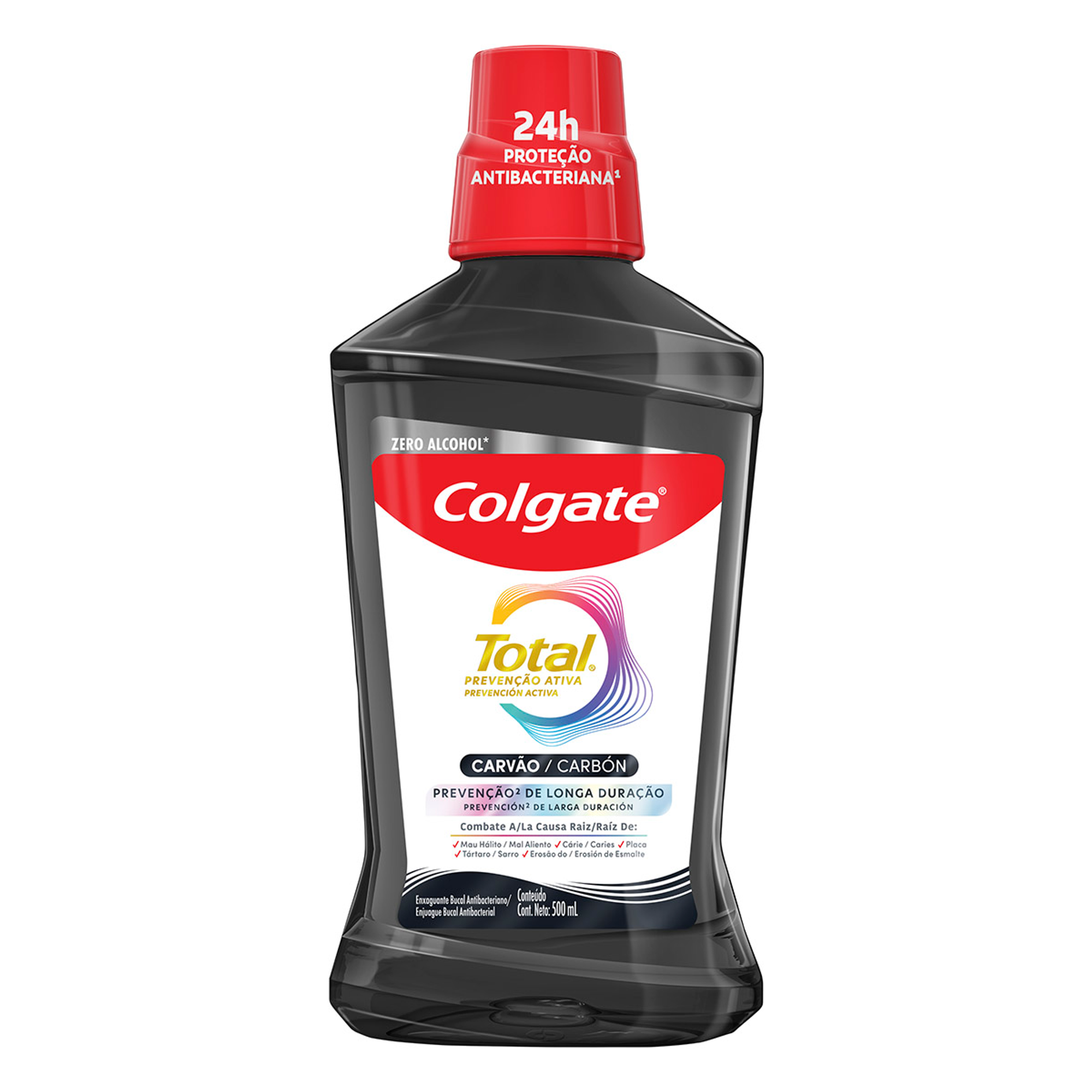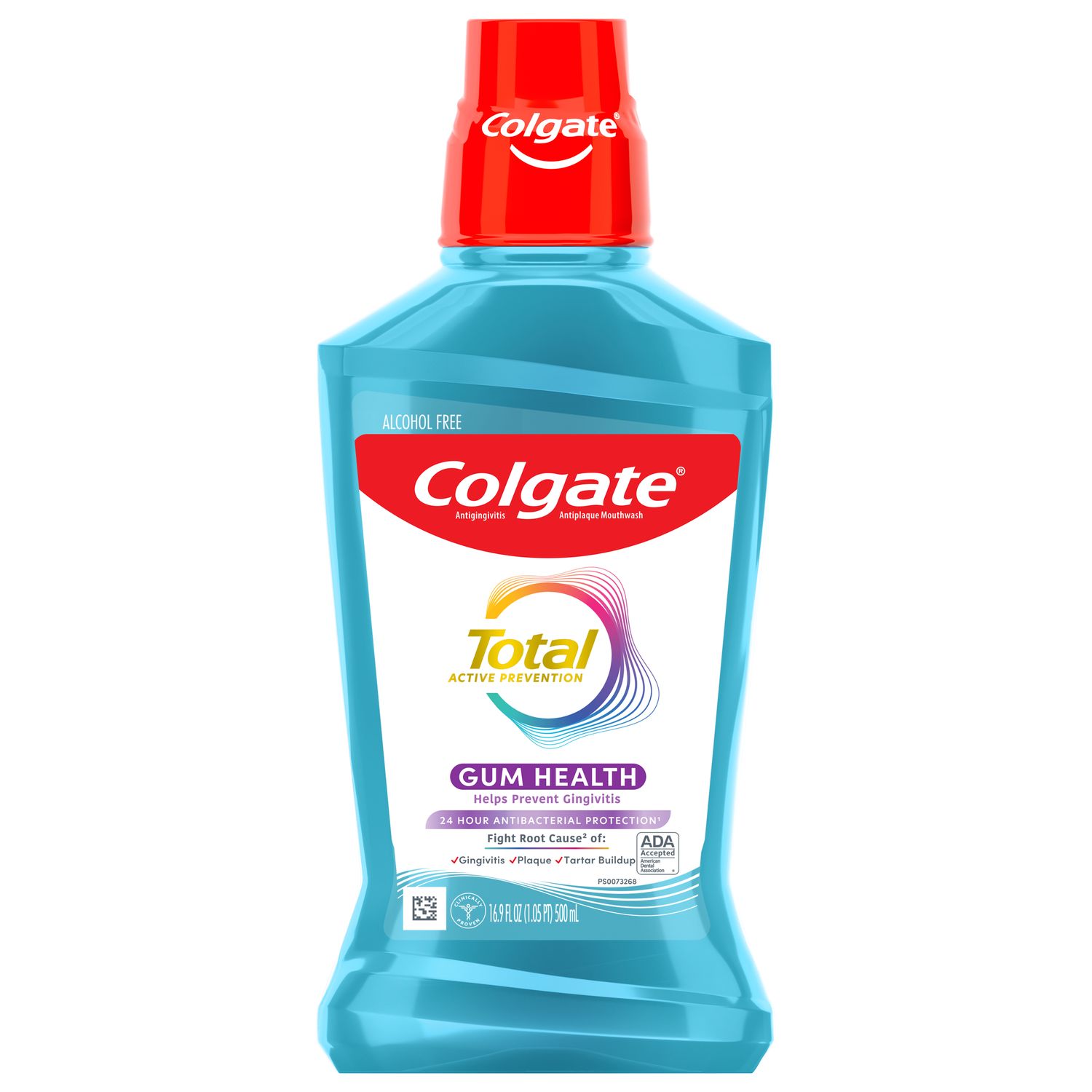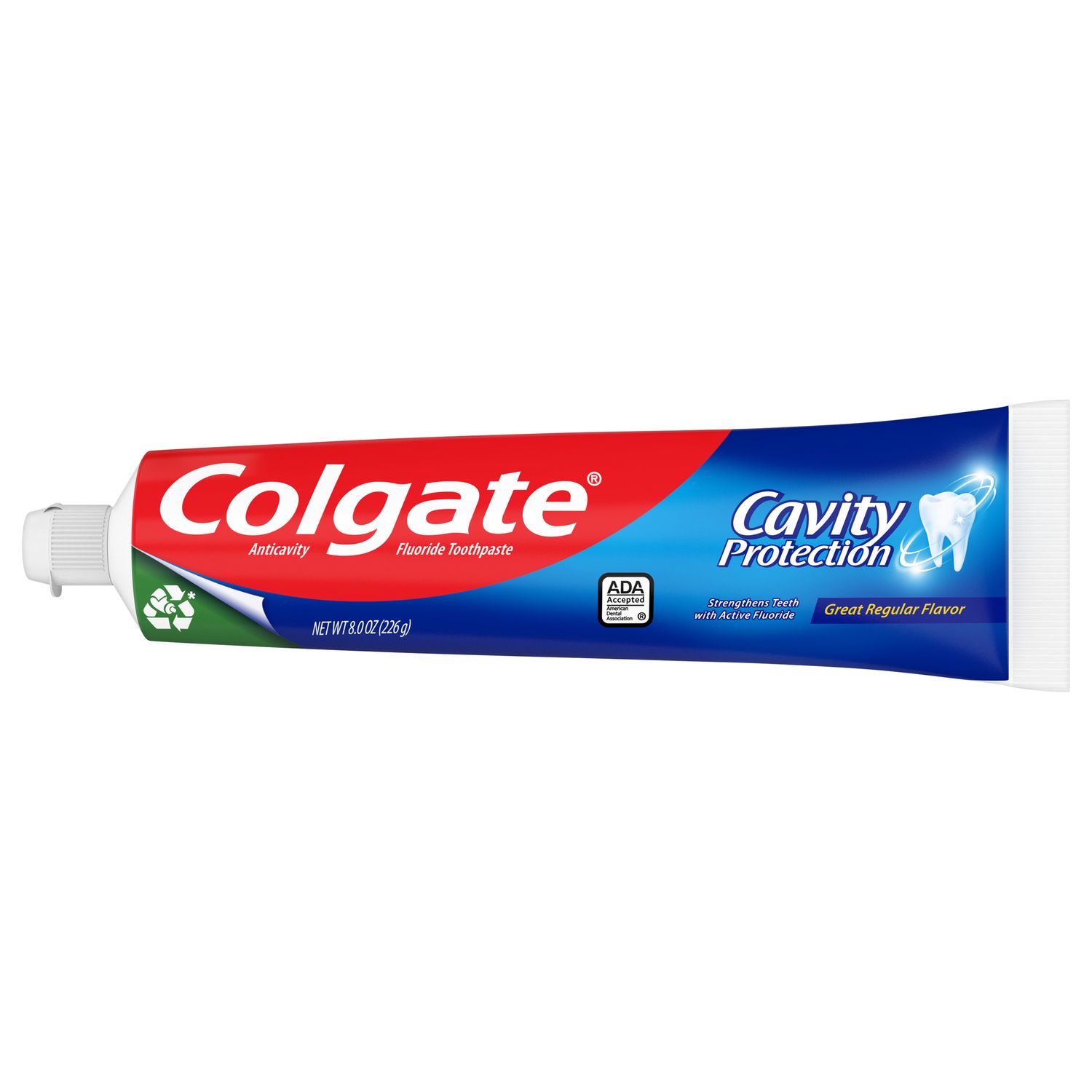What Causes a Lump on the Jawline?
A bump, mass, or swollen area along the jawline might cause a fright. However, the lump could indicate many harmless or easily treatable conditions — from something as simple as an insect sting to as common as a swollen lymph node. Tumors — both cancerous and benign — are rarer but should always be ruled out by a medical provider. Check out these common causes for jawline lumps:
Abscessed Tooth
A severely abscessed tooth usually develops from an untreated cavity. The harmful bacteria reach the blood vessels and nerves in the tooth's inner chamber to infect the pulp canal system. A tooth fracture, severe trauma, or problems with the existing root canal can also lead to an abscessed tooth. The abscess can cause significant swelling, forming a lump along your jawline. The onset of the swelling is usually rapid and severely painful.
Treatment: Make an appointment with your dentist immediately to examine the tooth. Treatment usually requires extraction or a root canal. Your dentist might also drain the area and prescribe antibiotics for the infection.
Swollen Lymph Nodes
A movable lump on your jawbone could indicate a swollen lymph node. A network of lymph nodes helps your immune system protect your body from illnesses. These lymph nodes are located in the head and neck, including under the jaw and chin. When your lymph nodes swell, it usually signals the presence of an infection, such as the cold, flu, ear infection, sinus infection, strep throat, and more. An abscessed tooth can also cause a swollen lymph node. The swollen lymph node can vary in size and might feel tender when you touch it, chew or turn your head.
Treatment: You will need to treat the underlying infection to reduce your lymph node swelling. Your dentist or physician might prescribe an antibiotic or antiviral medication or an over-the-counter (OTC) pain reliever to treat the inflammation. Severe cases might require the lymph nodes to be drained of pus.
Cysts or Benign Tumors
Other non-cancerous growths might also cause a lump to appear along your jawline. Cysts are sacs filled with fluid or other matter, while benign tumors are formed when cells divide at an abnormal rate. These cysts and tumors cannot infect neighboring tissue or spread throughout the body. Though they are generally pain-free to the touch, these cysts and tumors can cause discomfort when they grow and put pressure on nearby structures.
Oral Care Center articles are reviewed by an oral health medical professional. This information is for educational purposes only. This content is not intended to be a substitute for professional medical advice, diagnosis or treatment. Always seek the advice of your dentist, physician or other qualified healthcare provider.
Treatment: Your dental professional or physician will most likely recommend surgical removal, which might include removing nearby teeth, tissue, or jawbone. A pathologist will examine the removed tissue to confirm the tumor is benign or malignant. Depending on the growth's size and impact, you might also require surgery to reconstruct the jawbone or other parts of the mouth.
Cancer
Cancerous lumps can also form along the jawbone. Though these cancerous growths are more likely to affect older adults, they can appear at any age. The lumps usually feel hard and are not tender or painful to the touch. Cancer can cause a lump to form near your chin in several ways:
- By affecting a nearby organ, such as the mouth, throat, thyroid, or salivary glands.
- By spreading from a different organ to the lymph nodes.
- Through nonmelanoma skin cancer.
- Through sarcoma or lymphoma.
Treatment: If you are diagnosed with a cancerous tumor, your physician might recommend chemotherapy, radiation, or surgery to remove the lump. Your health, the type of cancer, and its progress will all inform your treatment plan.
Other Causes
Other causes for a lump on the jawline not indicated above could include:
- Injury or trauma to the jaw
- Salivary duct stones
- Acne
- Insect sting or bite
When Should You See a Doctor for Lump Under Jawline?
In some cases, a lump along the jawline will go away on its own. Contact your dentist or physician immediately if the lump is:
- Painful
- Growing
- Unexplained
- Present for more than two weeks
- Accompanied by weight loss or fever
- Causing difficulty breathing or swallowing
Your dentist might refer you to an oral surgeon, oral pathologist, or a head and neck surgeon for further examination.
Sometimes the lump cannot be prevented. However, you can practice good oral hygiene to help prevent abscessed teeth. You can also reduce your risk of oral cancer through lifestyle changes like quitting smoking and minimizing alcohol consumption. Seeing your dentist at least twice a year can also help identify any problems as early.
Before you begin to worry, check for the warning signs listed above, and make an appointment to see your dentist. They can help identify the cause and create a treatment plan so your jawline returns to normal as quickly as possible.
ORAL HEALTH QUIZ
What's behind your smile?
Take our Oral Health assessment to get the most from your oral care routine
ORAL HEALTH QUIZ
What's behind your smile?
Take our Oral Health assessment to get the most from your oral care routine















